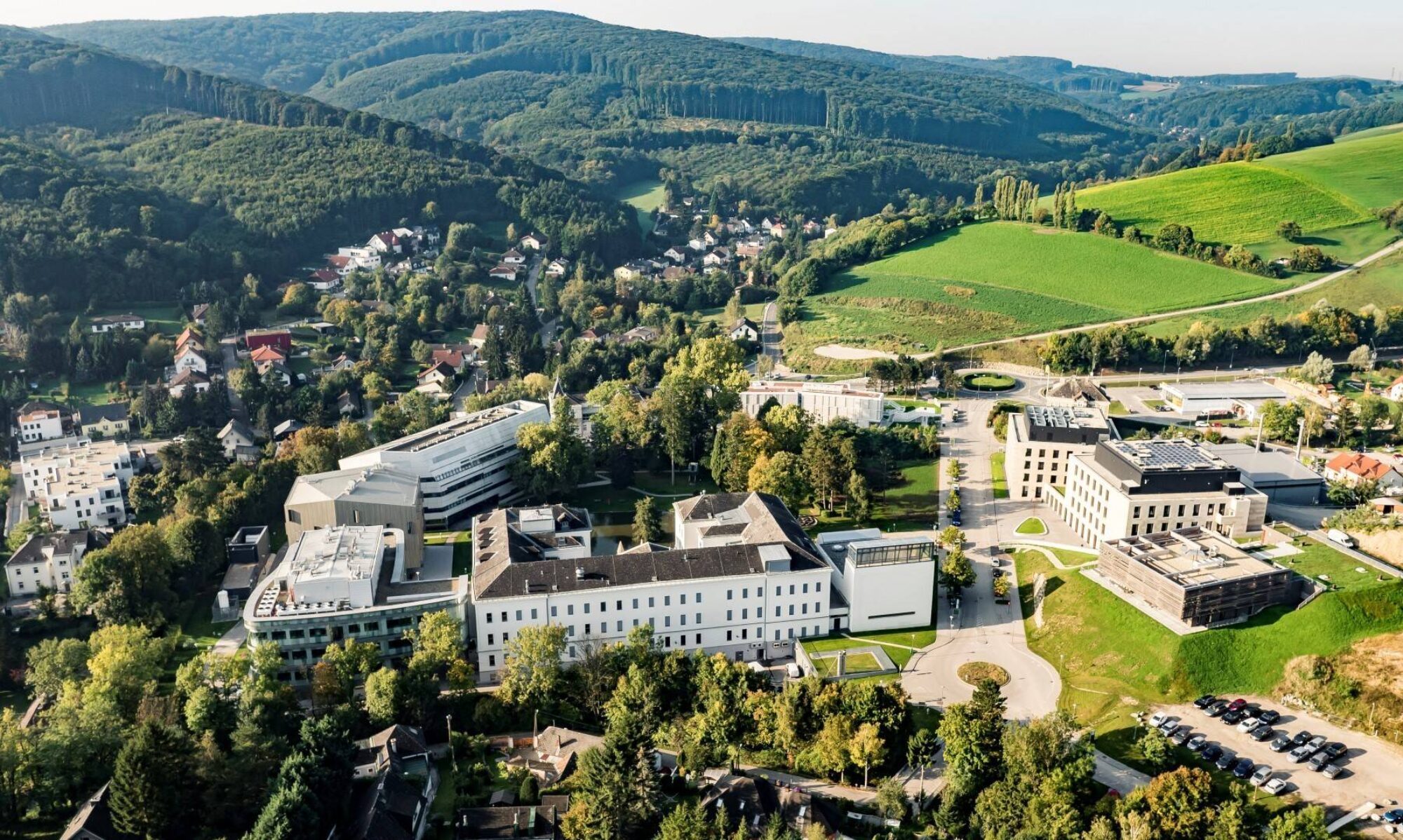Marco Mazzucchelli (ENS Lyon)
In this talk, based on joint work with Marcelo Alves, I will present three new theorems on the dynamics of geodesic flows of closed Riemannian surfaces, proved using the curve shortening flow. The first result is the stability, under C^0-small perturbations of the Riemannian metric, of certain flat links of closed geodesics. The second one is a forced existence theorem for closed geodesics on orientable closed Riemannian surfaces. The third theorem asserts the existence of Birkhoff sections for the geodesic flow of any closed orientable Riemannian surface.
